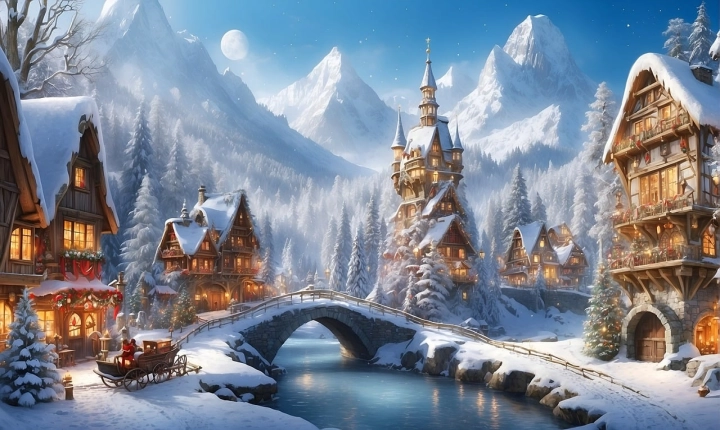Title: Exploring the Intersection of Art and AI: A Guide to Making Art with Artificial Intelligence
The world of art has always been a reflection of human creativity and ingenuity. From ancient cave paintings to modern digital masterpieces, artists have used various mediums and techniques to express their thoughts, emotions, and experiences. In recent years, a new player has emerged in the art world, one that is revolutionizing the way we create and appreciate art – artificial intelligence (AI).
AI, with its ability to understand, interpret, and even emulate human creativity, is empowering artists to explore new frontiers in artistic expression. Through algorithms, machine learning, and neural networks, AI can generate, manipulate, and enhance visual and auditory content in ways that were previously unimaginable. From generating original artworks to transforming existing pieces, AI is offering artists a powerful set of tools to augment their creative process.
If you’re an artist eager to explore the potential of AI in your work, here are some ways to get started:
1. Embrace Generative Adversarial Networks (GANs): GANs are at the forefront of AI art creation. These are neural networks that consist of two parts – a generator and a discriminator. The generator creates images, and the discriminator evaluates them for authenticity. By training GANs on vast datasets of artwork, you can create your own unique art pieces using AI-generated content as a starting point.
2. Experiment with Style Transfer: Style transfer algorithms allow you to apply the visual characteristics of one image to another. By feeding a source image and a reference style image into an AI model, you can transform your own creations by blending them with the styles of renowned artists or art movements, creating captivating and unique artworks.
3. Use AI for Data Visualization: AI can help artists create stunning visualizations of complex data sets, turning raw numbers and statistics into compelling and visually engaging artworks. By leveraging AI algorithms, artists can find new and creative ways to present information and tell stories through their art.
4. Collaborate with AI as a Co-Creator: Instead of viewing AI as a replacement for human creativity, consider integrating AI as a collaborative tool in your artistic process. By feeding AI with your own artwork, you can push the boundaries of your creativity, allowing the AI to suggest new ideas, styles, or compositions that you may not have considered, leading to surprising and innovative results.
5. Explore AI-Generated Music and Sound Art: AI is not limited to visual art; it can also be a powerful tool for creating and manipulating music and sound. By exploring AI-generated music compositions and soundscapes, artists can push the boundaries of auditory art and open up new realms of sonic expression.
As you embark on your journey of creating art with AI, it’s important to remember that AI is a tool, not a replacement for human creativity. The true magic happens when human ingenuity and AI technology intersect, pushing the boundaries of what is possible in the creative realm.
In conclusion, the integration of AI into the world of art offers endless possibilities for artists seeking to expand their creative horizons. By embracing AI as a tool for exploration and experimentation, artists can tap into a wealth of new techniques and approaches to creating art. The synergy between human creativity and AI technology is paving the way for a new era in the world of art, where the boundaries of imagination are continually being expanded. So, embrace the power of AI and explore the endless creative potential it holds for making art that is truly cutting-edge and innovative.
